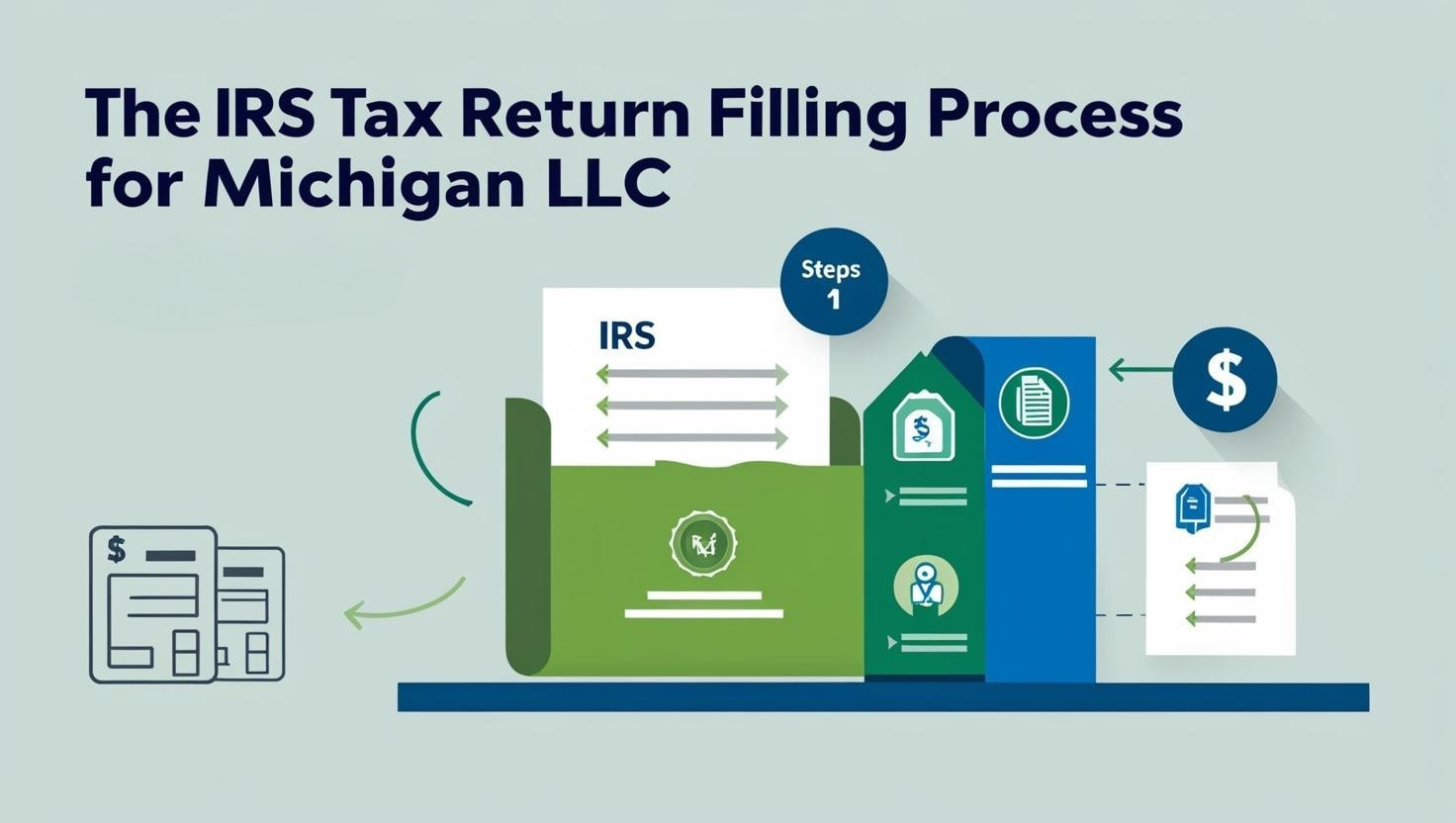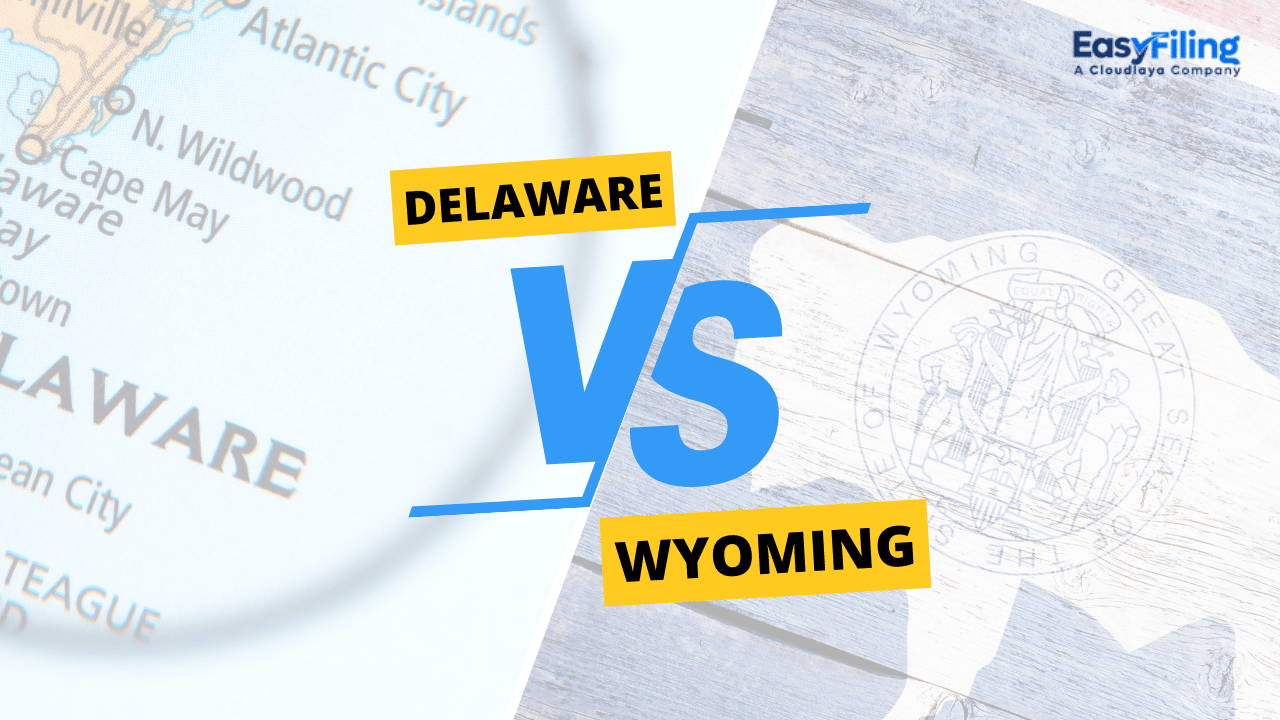As a business owner, one of your biggest responsibilities will be selecting your single-member LLC tax classification. This will determine how much you pay in taxes, the forms you submit to the IRS, and the level of complexity you will be dealing with during annual compliance.
Single-member limited liability companies (SMLLCs) provide operational flexibility and liability protection. Your SMLLC will, by default, operate as a disregarded entity for tax purposes, but you may elect to be treated as a corporation and possibly receive significant tax benefits.
In this guide, I will walk you through everything you need to know to understand single-member LLC tax classification and when it may make sense for you to elect S-Corp treatment.
Default Tax Classification: Disregarded Entity
What “Disregarded Entity” Means
Unless you file Form 8832, the IRS will automatically classify your single-member LLC as a disregarded entity. This means that the IRS considers your LLC as though it doesn’t exist and treats all business income and expenses as your personal income and expenses.
How Taxation Works
If you operate a single-member LLC and it is automatically classified as the default tax option, you report business activity as follows:
- Schedule C – most service and product businesses
- Schedule E – rental real estate activities
- Schedule F – agricultural operations
You will also pay self-employment tax on all profits, which is 15.3% of your profits, even if you do not withdraw all profits. The self-employment tax covers Social Security and Medicare.
Advantages and Disadvantages
Advantages:
- Simple filing—no separate business tax return
- Direct flow-through
- Complete control without corporate formalities
- No double taxation on profits
Disadvantages:
- 15.3% self-employment tax on all net income
- No salary flexibility
- Cannot transfer income to others
- Limited tax planning
- May lack credibility with some clients or investors
When Reclassification Occurs
If you add a member, your single-member LLC tax classification automatically changes, or you can file Form 8832.
Electing Corporate Treatment: S-Corp Options
Understanding Corporate Election
Single-member LLCs also elect corporate taxation by filing Form 8832, and most owners also file Form 2553 to elect S-Corporation treatment, which offers the most tax advantages.
Why Choose S-Corp Status
The S-Corp single-member LLC tax classification is beneficial when looking to save on self-employment taxes. As an S-Corp, you become an employee and get to pay yourself a “reasonable salary,” which is subject to payroll taxes. Any remaining profits distributed to you as a “shareholder” are not liable to that pesky 15.3% self-employment tax.
Example:
| Classification | Salary | Distributions | SE Tax Paid |
|---|---|---|---|
| Disregarded Entity | N/A | $100,000 | $15,300 |
| S-Corp Election | $60,000 | $40,000 | $9,180 |
This structure can save over $6,000 annually in this example.
Eligibility and Timing
Your LLC must:
- Have one class of stock
- Have allowable shareholders (individuals, certain trusts)
- Be a domestic entity
Critical: Form 2553 must be filed within 2 months and 15 days after the tax year begins. Missing this deadline means waiting until next year.
Consequences of Electing Corporate Status
When you decide to elect corporate single-member LLC tax classification status, you will have to:
- Submit Form 1120S each year
- Run payroll, including the withholdings
- Compensate yourself with a reasonable salary
- Honor the corporate structure, formalities, and record keeping
- Expect greater costs concerning accounting and compliance
Disregarded Entity vs S-Corp Election Comparison
| Factor | Disregarded Entity | S-Corp Election |
|---|---|---|
| Federal Filing | Form 1040 + Schedule C | Form 1120S + K-1 |
| Self-Employment Tax | Applies to all net income | Only on salary |
| Compliance | Minimal | Moderate to high |
| Payroll | None required | Must run payroll |
| Tax Savings | Lower | Higher for profitable businesses |
| Best For | Low-profit ventures | $60K+ net income |
| Accounting Costs | Lower | Higher |
Step-by-Step: Making the Election
Preparation Phase
Before stepping up the single-member LLC tax classification, look to see:
- Profit levels – S-Corp benefits businesses netting $60,000+ a year
- Growth plans – Will you be scaling or adding employees soon?
- Compliance capacity – Managing the increase in compliance
- Professional guidance – A CPA with your industry background will help
Filing Required Forms
For disregarded entity: No action required – this is the automatic default.
To elect S-Corp treatment:
- Complete Form 2553 (you can elect corporate status at the same time)
- Follow the IRS address provided in the instructions
- Remember to save a copy in your records
After S-Corp Status Is Assigned
- Create a reasonable payroll, which can be determined by industry standards
- Open separate business accounts
- File employment taxes (Form 941) quarterly
- Complete Form 1120S each year (due on March 15)
- Prepare a W-2 and K-1 statement for yourself at year-end
Tax Filing & Compliance Implications
Disregarded Entity Requirements
Submit a Form 1040 on income and attach a Schedule C, with profit/loss details, along with your estimated tax for the quarter and track for the year.
S-Corp Compliance
Complete Form 1120S by March 15 every year, maintain regular payroll with withholdings and corporate records, and issue a W-2 every year-end.
Common Pitfalls
Missing red flags for IRS audits: failing to maintain records, keeping a low payroll, disregarding employment taxes, and incomplete filings (Form 2553, W-2, quarterly 941). Twenty-five states do not recognize S-Corp classification.
Strategic Decision Factors
Profit Threshold
Keep your single-member LLC tax classification unless your profits consistently exceed $60,000-$100,000; below this, it can be more expensive to maintain your records.
Growth Intent
Considering hiring employees or looking for investors? Adopting a corporate structure makes it easier to scale your business.
Compliance Tolerance
S-Corp status requires consistent payroll processing, quarterly filings, and maintaining detailed records. If you prefer to focus on operations, you may want to consider disregarded entity status, even though it comes with slightly higher taxes.
How EasyFiling Can Help
Expert IRS Tax Filing
With EasyFiling’s IRS Tax Filing Service, clients for S-Corp election help determine if a disregarded entity or S-Corp election serves their best interest based on income, anticipated growth, and compliance.
Annual Compliance Management
With Annual Compliance Filing, EasyFiling sets and tracks compliance deadlines, prepares reports, and manages multi-state renewals. We help your LLC stay in good standing with state and IRS authorities, which is a relief for non-resident founders trying to meet U.S. compliance.
Why Choose EasyFiling
EasyFiling serves non-resident LLC owners with tailored, specialized business expertise, clear and simple pricing with automatic follow-up reminders, access to U.S. tax professionals, and an integrated approach to service from business formation to ongoing compliance for all tax filings.
Conclusion
It is important to grasp the tax classification options available for single-member LLCs to make well-informed decisions to lower taxes with the right level of compliance. Disregarded entity status is a great option for newer businesses or businesses at lower profit levels, while the S-Corp election allows high-profit operations to save a considerable amount in taxes in exchange for more compliance and control.
Your best option will always depend on your levels of profitability, your expected growth, and the amount of compliance you will implement. It is common to see entrepreneurs beginning with disregarded entity status and advancing to the S-Corp election as their profits increase. This illustrates the balance between simplicity and tax efficiency.
File Your LLC Today
25$ off with a coupon
Lock in EasyFiling's transparent rates and get lifetime compliance support at no extra cost.
Get Started Now







